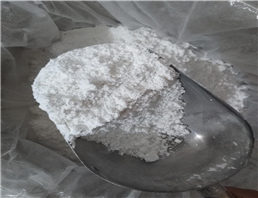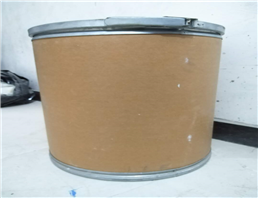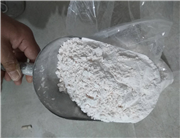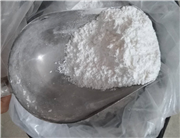Capsaicin usage
Capsaicin helps relieve pain when applied to the skin in creams or ointments (applied topically). Capsaicin's job is to first stimulate and then reduce the intensity of pain signals in the body. Although the pain may increase at first, it usually abates after the first use. Capsaicin stimulates the release of a compound thought to be involved in pain transmission between nerves in the spinal cord and other parts of the body.
When applied to the skin, capsaicin may help relieve the following pain:
Pain disorders, including post-operative pain.
Neurological problems such as diabetic neuropathy, trigeminal neuralgia, and postherpetic neuralgia (shingles).
Cluster headache.
Joint problems such as osteoarthritis and rheumatoid arthritis.
Psoriasis and other skin diseases.
Canker sores caused by chemotherapy or radiation.
In general, you can use creams that contain capsaicin for pain relief. You can apply the cream to your skin up to 4 times a day. You may feel burning or itching the first few times you use the cream, but it will get better with each use. Wash your hands thoroughly after each use to avoid getting the cream into your eyes or other wet mucous membranes, which could cause a burning sensation. Do not apply cream on damaged skin areas.
Supplement use
When you eat chili peppers or take capsaicin as a dietary supplement, capsaicin can improve your digestion by increasing digestive juices in your stomach and fighting bacteria that can cause infections. It may also help fight diarrhea caused by bacterial infections.
Capsaicin acts as an antioxidant, protecting the body's cells from damage from harmful molecules called free radicals. Capsaicin may also help prevent bacterial infections.
Capsaicin also thins mucus and helps move it out of the lungs. It is also thought to strengthen lung tissue and help prevent or treat emphysema.

 China
China




